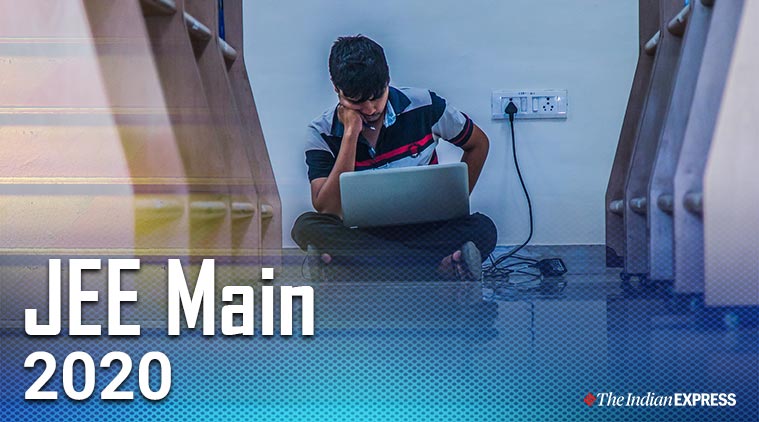 JEE Main 2020 exam attempting strategy (Representational image)
JEE Main 2020 exam attempting strategy (Representational image)
— Written by Ramesh Batlish
JEE Main 2020: After a long wait, the Joint Entrance Examination (JEE) Main is going to take place. Before students appear for the exam, it is important to know the strategies to write the JEE Main as well as the subject knowledge. This year, with masks being compulsory, many candidates are likely to face issues with sitting long hours while wearing a mask. Thus, practicing mock tests wearing masks is a good idea.
Also, every year, there is a list of common errors that students make which can be easily avoided to ensure better marks in the JEE Main result 2020. Since JEE Main is a test of speed and accuracy along with physics, chemistry and mathematics, it is important to understand the marking scheme and pattern of the exam to device a cracking strategy.
Paper- 1 for BTech admissions: According to the JEE Main 2020 exam pattern, Paper 1 for B.E./B.Tech aspirants will comprise of 20 multiple-choice questions (MCQs) with one correct option and 5 questions with an answer as numerical value with equal weightage to mathematics, physics and chemistry. The marking scheme for MCQs will be +4 for the correct answer, -1 for incorrect answers and 0 for an unattempted question while that for numerical value questions will be +4 for a correct answer and 0 if incorrect or unattempted.
The total marks for this paper will be 300. The duration of the paper will be three hours with a total of 75 questions including all three subjects.
Paper-2 for BArch aspirants will have three parts. The first part or mathematics will be of 100 marks with 20 MCQs. Of these, five questions with answers as a numerical value. The second part or aptitude will be of 200 marks will have 50 MCQs and part-III is of drawing of 100 marks will have two questions. The total marks for this paper will be 400. The duration of the paper will be three hours with a total of 77 questions including all three parts. The marking scheme for numerical and MCQs remains the same.
Paper-2 for BPlan courses: This too will be divided into parts. The part-I (Mathematics) will be of 100 marks with 20 MCQs and five numericals. Part-II or aptitude test will be of 200 marks will have 50 MCQs and part-III or planning-based MCQs of 100 marks will have 25 objective type questions. The total marks for this paper will be 400. The duration of the paper will be three hours with a total of 100 questions including all three parts.
Despite the difference in exam pattern and marks distribution, the JEE Main attempting strategy is the same for all three –
Do not start with questions you do not know: Start with questions that you know about gives you advantage in terms of marks and saves time. Instead of starting with questions, you do not know and wasting time.
Do not get upset if any section is tough: If one section is taught, the other one might be easier and you can score in other sections. Students tend to lose confidence if one section they thought easier tends to be tough or tricky in the exam.
Don’t guess: Since there is negative marking in the JEE Main, one should not do guesswork. If you have no idea about the concept involved in a question, better not to attempt it.
It’s tough for all: Do not be nervous if you find the paper tough. Chances are others might find it tough too. Since it is the relative performance that counts. Hence, put your best analytical mind to work, it will take you ahead.
Easy first: The right strategy is to give 5-10 minutes to read out the question paper and tend to solve the questions one finds easy. This will save a lot of time in the long run.
Choose sections carefully: Students tend to start their exams without thinking. It is always wise to start with the sections one finds to be less risky and gain more marks.
Time tracking: Students tend to lose track of time while attempting the exam. One should always keep a check on time while attempting the paper to stay ahead of the competition and shift strategy accordingly.
Numerical paper: Since there is no negative marking for the numerical type questions, it is a good idea to attempt all numerical based type questions first and secure some marks in your kitty.
The right strategy and time management play a vital role in deciding the rank for an aspirant. So, one must be quick enough to adapt to the level of the paper and act promptly. The following points may however be kept in mind when attempting the questions.
— The author is expert at FITJEE